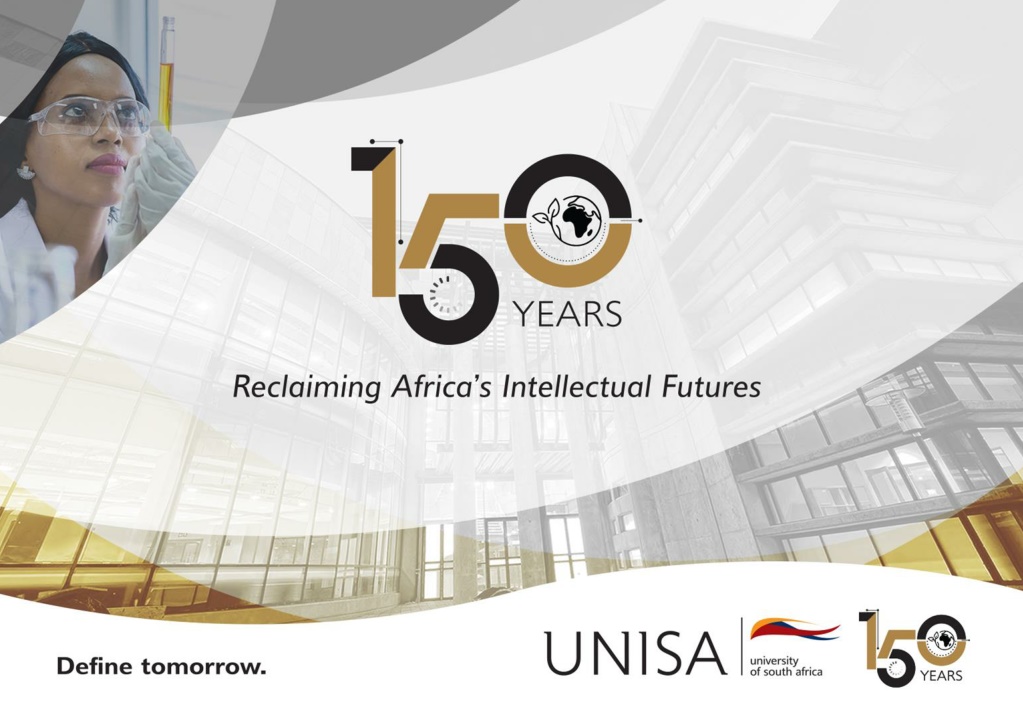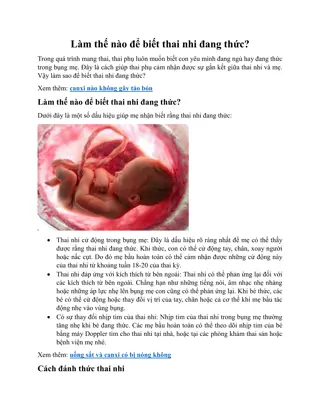
Enhancing Agricultural Education with Technology for Land Reform in South Africa
Explore the impact of technology on agricultural science education for land reform in South Africa, as presented by Prof. PK Chauke. The research delves into utilizing technological advancements, particularly among youth, to address land distribution challenges. Learn about the evolution of industrial revolutions and their relevance to the agricultural sector.
Download Presentation

Please find below an Image/Link to download the presentation.
The content on the website is provided AS IS for your information and personal use only. It may not be sold, licensed, or shared on other websites without obtaining consent from the author. Download presentation by click this link. If you encounter any issues during the download, it is possible that the publisher has removed the file from their server.
E N D
Presentation Transcript
A LITERATURE REVIEW OF THE IMPACT OF TECHNOLOGY ON THE TEACHING OF AGRICULTURAL SCIENCE FOR ENHANCEMENT OF THE LAND REFORM PROGRAMME IN SOUTH AFRICA. PRESENTED BY PROF PK CHAUKE DEPARTMENT OF AGRICULTURE AND ANIMAL HEALTH SCHOOL OF AGRICULTURE AND NATURA SCIENCES COLLEGE OF AGRICULTURE AND ENVIRONMENTAL SCIECE UNISA ASAAE CONFERENCE LOUIS TRICHARDT HIGH SCHOOL LIMPOPO PROVINCE 01 FEBRUARY 2024
PRESENTATION OUTLINE CONTEXT Greetings to colleagues Research interest A brief on the 4IR Contextualization of the problem Methodology and procedure Findings Conclusion Comments A humble call to colleagues
RESEARCH INTEREST Perhaps essential interest, i.e. Policy, especially the land policy. at the outset to reveal my research Prompted by distribution of land in SA but also its effective utilisation a desire for not only equitable re- Vast areas of land redistributed dispossessed under Restitution, LRAD, land market but grossly misused. to the previously Thus, focus on how youth, with their technological skills could reverse the scourge.
A BRIEF ON THE 4 INDUSTRIAL REVOLUTIONS The First Occurred in the late 18thCentury (1700s) Hand production methods replaced by machines Culminated in:manufacturing,steam power,etc Output greatly increased, Also experienced unprecedented rise in the rate of population growth
The Second Early 1900s Groundbreaking chemicals, medicine etc.). inventions (energy, materials, Saw development of new technologies such as electricity, internal combustion engine chemical industries, etc.
The Third Began around the 1950s Characterized by: diffusion development of advanced software of new productive systems, and A move from mechanical technology to digital electronics. artificial intelligence, robotics,
The fourth From late 20thto early 21stcenturies Digital technology applied to manufacturing Digital devices microprocessors and systems powered by Examples are: Acceleration of industry through the Internet Video cameras Tablets, Improve quality, efficiency and security of production.
CONTEXTUALISATION OF THE PROBLEM Inequities/discriminatory lasting impact advancement worst affected practises access have technological had on to in SA with the blacks being the Disparities buildings, amenities, equipment etc in infrastructure is still massive: One very critical outcome of the apartheid policy was land dispossession The new political dispensation in 1994 led to land reform policy and thus restoration of land to previously disowened coloureds). the and (balcks, Indians
Key questions: How utilisation of the new resource? effective are new land beneficiaries in Are there any succession planning strategies for incorporation of future generation/youth at school? What technology skills are resident within the envisaged future landowners? Thus, technological knowledge held by learners, including AI . becomes necessary to assess the
Perhaps another crucial question that begs immediate responses could be: is the schooling system. especially in the rural areas of South Africa providing learners with sufficient technological skills for future upscaling of agricultural productivity of vast restored land? . Rather than dependence on the limited empirical research technique, this paper relied substantially on a review of relevant inclusive of AI Is aligned to the conference themde gthat revoves around technology. literature on technology,
METHODOLOGY Focused involving: Selection of databases: Scopus, EBSCOhost, Google Scholar etc. Depended largely on the latter. on partial systematic literature review
PROCEDURE Selection of Connection Boolean operators: AND and OR . Developing a search string, i.e. Technology Adoption OR Adoption or Adopter AND Learner OR Student OR Pupil AND Teacher OR Teaching OR Educator Or Educating AND Agriculture OR Farming AND Africa Or South Africa OR South African
FINDINGS 1. Technologies as disruptive agents Common technologies: Internet of Things (IoT), Notion that that virtually every physical thing in this world can also become a computer that is connected to the Internet (ITU, 2005).
FINDINGS Augmented reality simulations: participatory simulations problem-based learning Learning through role playing game and place -based learning
Robots Machines that are made to do things that are normally done by humans: Artificial intelligence etc. Creation of intelligent machines and computer programs Perform various tasks which requires human intelligence.
TECHNOLOGIES DISRUPTIVE : REFERRED TO AS BEING Why Disruptive? Changing traditional methods of doing business resulting in new ground-breaking products. Characterised by: Ability to grow industries or Create entirely new ones
2. Observations from literature as regards technology adoption Technology influences the thinking of people Internet provides quick access to information technology. Learners prefer mobile application and video learning Digital technology usage quite common amongst students but not amongst teachers The latter affected specialization in their training, that usually excludes humanities/arts
Other critical observations The utilisation of educational technology is generally widespread in western countries Utilisation in developing countries especially Africa is very minimal Challenge worsened by COVID-19 However some studies have outlined beneficiary effects of COVID-19 such as: enhanced adoption of Virtual learning during lockdown
3. THE IMPACT OF COVID-19 ON TECHNOLOGY ADOPTION COVID 19 fast-tracked distance E-learning as a replacement mechanisms for contact learning. Continentally and globally, the pandemic forced policy maker and implementers to seek urgent life-saving strategies and thus the development of new technologies
AS REGARDS THE SCHOOLING SYSTEM: Both learners and teachers (especially in rural areas) faced a number of challenges such as: Lack of access to the Internet, Unavailability of electricity, Lack of basic amenities E-Leaning attendance led to massive improve in class Lockdown negatively affected women more than men, especially in rural areas
FOR THE HIGHER EDUCATION SECTOR IN SA Most institutions adopted video conferencing and Zoom/Teams as mitigating strategies against COVID- 19 and lockdown: However they faced a number of challenges, i.e.: unpreparedness, haphazard implementation, lack of autonomy and emotional disconnect with the gadgets, leading to the so-called Zoom Digital Fatigue (ZDF),
SOME EXPERIENCES OUTSIDE SA: Lack teachers such as in India. of e-learning resources and skilled ICT The Blended Learning (BL) model (an integrated face-to-face approach) (was seen as a solution to ensuring effective learning pandemic(Kenya and DRC) during the Covid-19 However, the model becomes effective mainly within digitally developed societies, leaving out learners in rural areas.
4. Findings on technological innovation adoption in Africa There is a mutual relationship between education and technology innovations. Its largely on information and communication skills held by teachers. adoption and utilization by learners depends In SA technology adoption has largely been found to be minimal due to the above. The African continent has also been found to be lagging behind in adapting to the 4IR Learners reported minimal usage of technologies such as computers
5. IN CONCLUSION Need for a technologically skilled cadre of youth for upscaling productivity of restored land in SA Specifically concerted efforts should be made towards provision of enhanced technology for adoption by both educators and learners. Such should however be biased towards rural areas that have continued to face neglect even within the new political dispensation The should work mutually towards the attainment of a conducive technological environment directed at youth. Departments of Education and Agriculture
COMMENTS AND SUGGESTIONS A humble call for colleagues to study at Unisa THANKS FOR YOUR ATTENTION






















